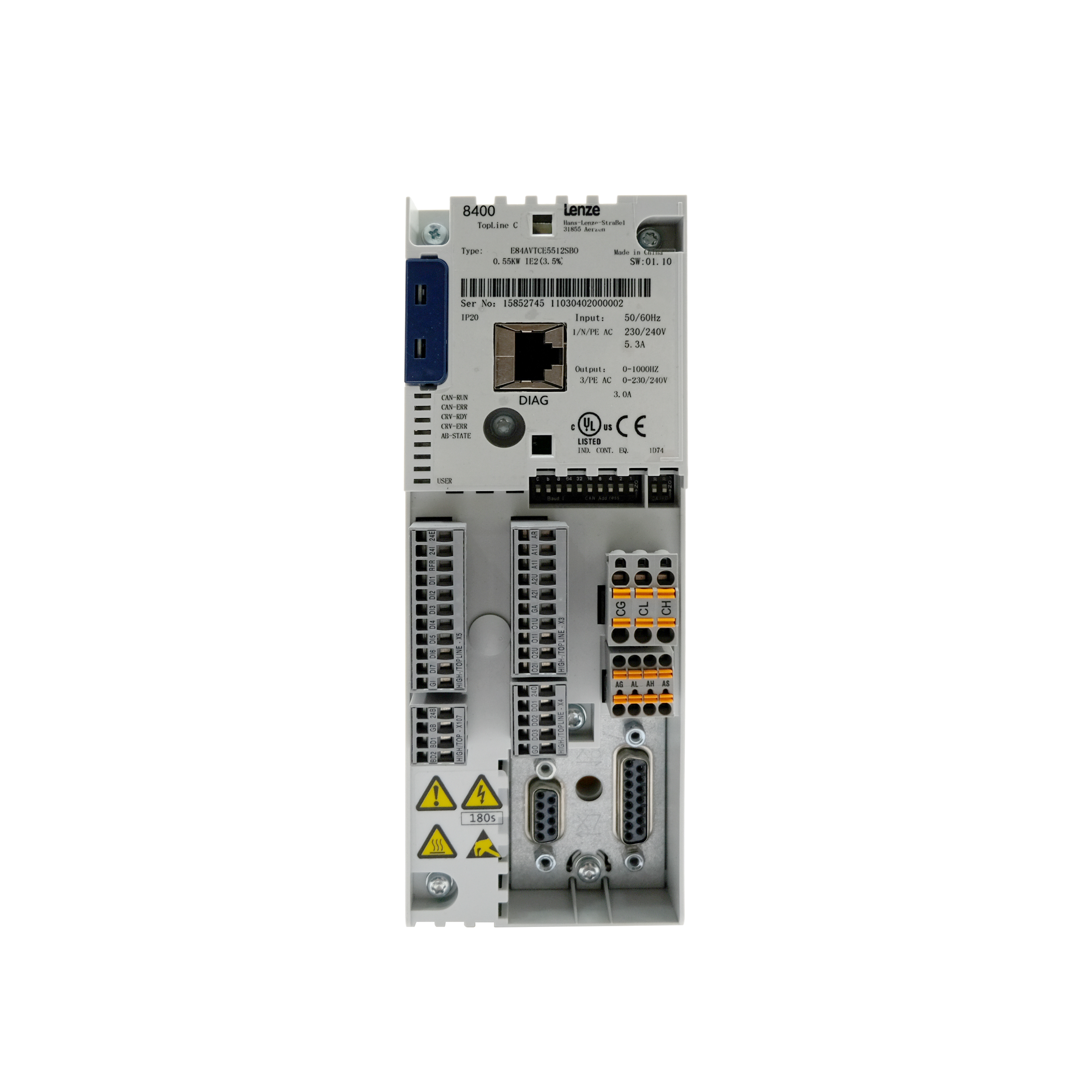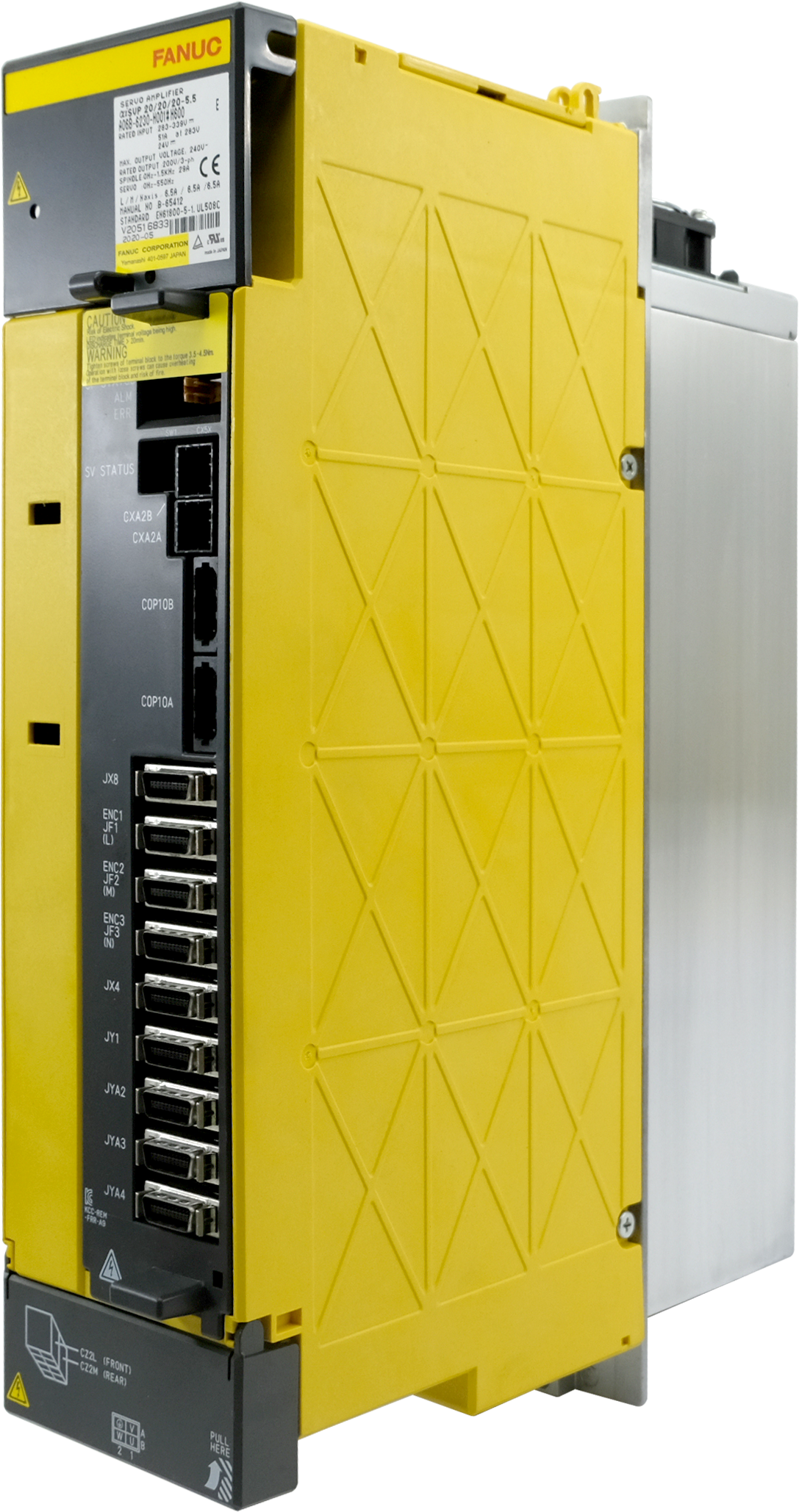hmi
The Human Machine Interface (HMI) represents a cutting-edge technological solution that bridges the gap between users and complex industrial systems. This sophisticated interface serves as the primary point of interaction, enabling operators to monitor, control, and manage various industrial processes through intuitive visual displays and touch-sensitive controls. Modern HMI systems incorporate advanced features such as real-time data visualization, process automation controls, and alarm management capabilities. They typically consist of high-resolution displays, responsive touchscreens, and robust processing units capable of handling multiple inputs simultaneously. The system architecture integrates seamlessly with existing industrial networks, PLCs, and SCADA systems, ensuring comprehensive control over manufacturing operations. HMIs find extensive applications across diverse industries, including manufacturing, energy production, pharmaceutical processing, and automotive assembly lines. These interfaces support multiple communication protocols and can be customized to meet specific industry requirements. They also feature advanced security measures to protect sensitive operational data and prevent unauthorized access. The versatility of modern HMI systems extends to mobile integration, allowing operators to access critical system information remotely through secure connections.

